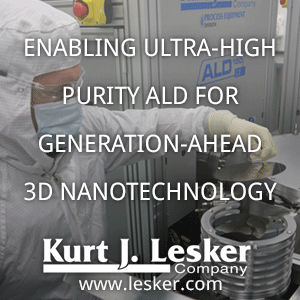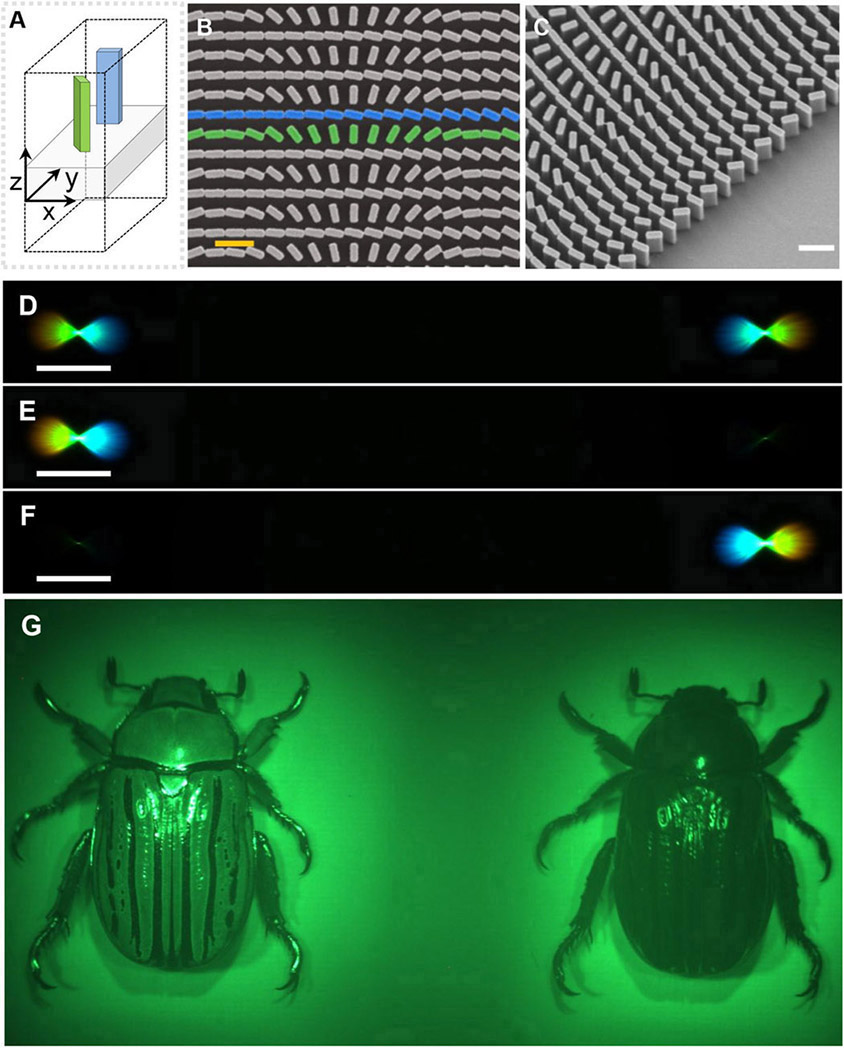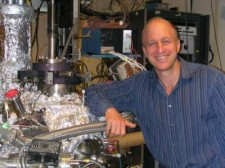Agnes Kurek from Oxford Instrument in collaboration with TU Eindhoven to present insights into how to shape a Plasma in ALD at
BALD2016 in Russia. The BALD 2016 will be held at the Solo Sokos Hotel Palace Bridge in St. Petersburg (Russia) from October 2nd to 4th, 2016.
Plasma ALD of SiO2, NiO and HfO2 on the FlexAL System: Modifying Flow, Pressure and Plasma Parameters
Atomic layer deposition (ALD) of ultra-thin oxide films is interesting for many applications including photovoltaics [1], optics [2], and microelectronics [3]. For a robust plasma ALD process, the elements of flow, pressure and plasma conditions must be carefully balanced to achieve good reproducibility. In this work, the effects of these parameters on the following newly- developed ALD processes will be discussed.
Remote plasma & thermal ALD in one flexible tool
Silicon dioxide films have been demonstrated by plasma ALD using bis(tert-butylimino)silane (BTBAS) and oxygen plasma. The combination of a high working pressure controlled by a quick-action APC valve with the rapid pumping of a turbomolecular pump, has increased the film deposition rate (nm/min), and growth per cycle, without compromising film quality in terms of electrical and optical properties. This process is robust, repeatable and conformal on high aspect ratio structures, up to 30:1.
Basic set up of the FlexAL system including optional in-situ ellipsometry
Nickel oxide films have been demonstrated by plasma ALD, using nickelocene and oxygen plasma. Rapid bubbling of the precursor delivers efficient dosing, while low pressure O2 plasma allows for fast surface saturation and good uniformity.
Hafnium oxide films have been demonstrated by plasma ALD using tetrakis(dimethylamido)hafnium (TDMAH) and oxygen plasma. This results in improved deposition uniformity over tetrakis (ethylmethylamido) hafnium (TEMAH), even at short cycle times. Electrical characterisation of resultant HfO2 films will be discussed.
In general, the important parameters for plasma ALD of SiO2, NiO and HfO2 will be discussed, focusing on the effect of flow and pressure for each process step.
[1] G. Dingemans, C. A. A. van Helvoirt, D. Pierreux, W. Keuning, W. M. M. Kessels, E.C.S. 3 (2012) H277.
[2] T.S. Yang, W. Cho, M. Kim, K.-S. An, T.-M. Chung, C. G. Kim, Y. Kim, J. Vac. Sci. Technol. A 4 (2005) 1238.
[3] A. Colon, J. Shi, Solid-State Electronics 99 (2014) 25.



%20(1).png)
















